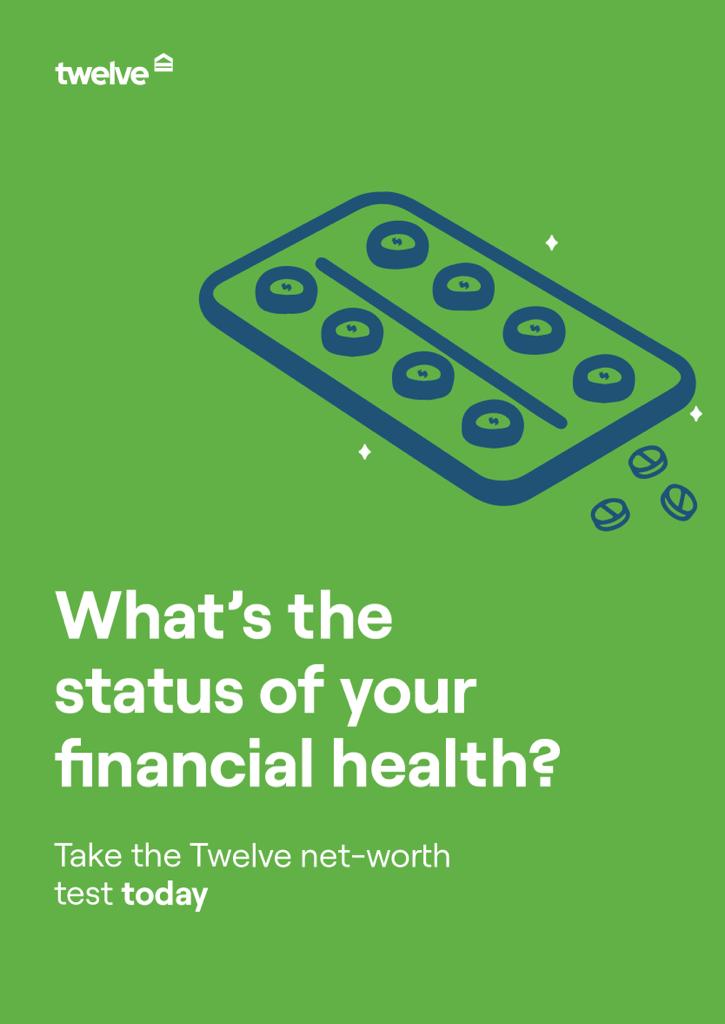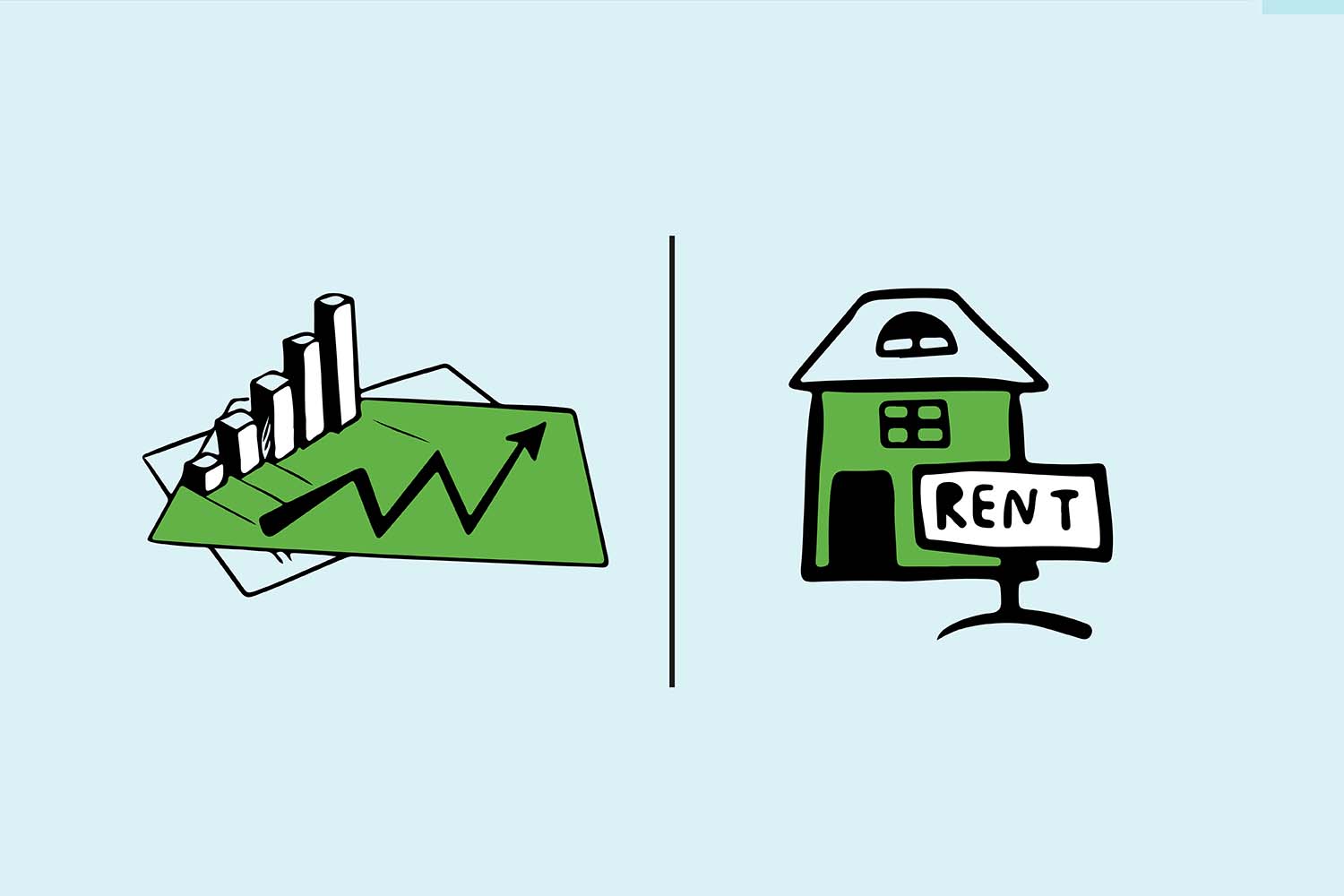Background
Eurobonds are bonds denominated in currencies different from the issuer’s currency. These bonds are issued mostly by sovereigns and corporates. A bond is a debt and a sovereign or corporate issuing a Eurobond will have to have earnings in the currency they are borrowing in.
How risky are Eurobonds?
Bonds are fixed income assets and most fixed income assets are low risk assets. Bonds issued by sovereigns and corporates with good credit ratings are considered almost risk free. This is because a good credit rating implies an ability to pay as of when due. Worst case scenario will be for sovereigns to print money if they do not have enough to pay off a bond. The risk for Eurobonds is different since the bonds are not denominated in the issuers’ currency.
In this case, the issuers’ source of foreign exchange comes into focus. Issuers of Eurobonds that do not have a stable source of foreign exchange are at a high risk of defaulting. Credit rating agencies keep track of this and use it to determine the credit rating on the issuers. For example, Credit rating agencies seeing the continuous decline in Ghana’s foreign exchange earnings started giving a negative outlook on Ghana in 2020. Investors perceived this as Ghana having a high likelihood of defaulting on its existing Eurobonds and therefore started demanding a premium on Ghana’s new Eurobond issuance.
The country’s inability to meet investors’ demand for high interest rate on its bond, limited its access to the Eurobond market. This has translated to a further downgrade of the country’s credit rating to junk bond levels by credit rating agencies.
Credit ratings are the credit scores of corporate organizations and sovereigns. These ratings are issued by credit rating agencies who rank bond issuers based on their ability to pay back their bonds. Investors demand a high-risk premium from issuers with low credit rating. These issuers may find it difficult to issue new bonds given their inability to meet investors demand for high interest rate.
The Pandemic & the Eurobond market
The pandemic dealt a huge blow to most financial assets and commodities. Prices of commodities like oil and agricultural products fell to record levels at the peak of the pandemic in 2020. This immediately depressed foreign exchange earnings for countries that depended on these commodities as their major source of foreign exchange.
Most sovereigns recorded a rise in their credit risk during the pandemic. Economies deteriorated and fiscal fundamentals weakened across the globe. There was a global recession and the spread on financial instruments widened. According to the Bennett Institute for Public Policy, the 3 major credit ratings agencies issued a total of 99 downgrades on 48 countries between January 2020 & March 2021.
Credit downgrades are negative for the debt market. In 2020, Eurobond issuance in the Sub-Saharan Eurobond market dipped by 8.8% from $5.7bn in 2019 to $5.2bn in 2020. In reaction to the uncertainty that hit financial markets during the pandemic, investors ran to haven assets and stayed clear of risk assets.
The decline in foreign exchange earnings led to a devaluation of the currencies of most Sub-Saharan African countries. This together with the investors’ risk aversion and the credit downgrades led to a rise in yields on Eurobonds as investors demanded a higher risk premium from debt instrument from this region. No sovereign issued a Eurobond in the Sub-Saharan Eurobond market in Q2 & Q3 2020. Zambia however defaulted on its $42.5mn Eurobond coupon payment in Q4 2020 after 2 credit downgrades.
The countries with the highest default risk
Things are not easier in 2022. The war in Ukraine, high energy prices & inflation have worsened the economic situation in a lot of countries. A number of countries are at the brink of a default on their debt obligations.
Visual Capitalist a financial education website profiled the top 25 countries with the highest default risk in July 2022. 13 of these countries are African countries with countries like Kenya, Egypt, and Ghana in the top 10.
Sri Lanka and Russia have defaulted on their sovereign Eurobonds this year. Russia defaulted mainly because it has been denied access to the SWIFT banking system. SWIFT is the network used globally by banks and other financial institutions to send money across borders. Sri Lanka on the other hand was hard hit by the pandemic. The country depends on tourism as its main source of foreign exchange earnings, the tourism sector was one of the sectors most affected by the pandemic. With foreign exchange earnings running low and soaring inflation, it was only a matter of time before the country defaulted on its foreign debt obligations.
What investors should look out for when investing in Eurobonds
Investors looking to invest in or who have already invested in Eurobonds need to keep their eyes on the following:
Credit Rating: Credit rating is basically the credit score of a bond issuer. It is the gauge used in determining the health of the debt market. An issuer’s credit rating tells you how risky the issuer’s bond is. A low credit rating implies high risk bond and vice versa. Credit ratings change over time hence, investors need to keep track of the credit rating of the issuer of the bond they’ve invested in for as long as they hold the bond.
Source of foreign exchange earnings: A Eurobond is a bond issued in a currency different from the issuer’s currency and so investors need to know the issuer’s source of foreign earnings and how healthy it is.
Economic happenings: Investors need to keep tabs on economic happenings and how it affects the economies of the issuers of the bond they’ve invested in. Sri Lanka for example is currently in its worst financial crisis in 70 years and it had never defaulted on its debt obligations before now.
Bond Yield: A bond’s yield says a lot about the health of the bond. When there is an increase in demand for a bond, its yield is lower and when demand is low, yields are higher. Yields are an indicator of investors’ appetite for a bond and when they are high it may be a sign of something wrong.
The yield on a bond is the return investors realize from owing the bond. While it is similar to the interest rate on a bond, it is not the interest rate on a bond. The yield on a bond is calculated by dividing the coupon amount by the current price of the bond (coupon amount/current bond price). When a bond’s yield keeps growing at an increasing rate, it implies investors are demanding a premium for holding the bond and there is a high risk of default.
It is important to note that not all high-yield bonds are junk bonds. High yield bonds yield high returns, and they are ideal for portfolio diversification. They are not correlated with financial instruments like stocks or other bonds with good credit rating, and so they work well for diversification.
Investors however need to keep tabs on an issuer’s credit rating in deciding whether to hold its bond for the long-term or not. When an issuer’s credit rating keeps deteriorating, it may be a good idea not to hold bonds from such issuers for the long-term. It is important to note that as the credit rating on a bond improves, its yield declines.
The implications of multiple defaults on Africa
The implication of a bond default is that it becomes very difficult to raise bonds in the future as investors lose their trust in the issuer and they will charge a high-risk premium on future bonds.
Most African countries are struggling economically. They depend on the export of raw commodities which are priced lower than their end products as their main source of foreign exchange. Besides, the price of these commodities is quite volatile, meaning the foreign exchange earnings of most African countries swing along with the wild price movement of these commodities.
Countries like Ghana have over the years come to depend more on foreign exchange inflows from multi-lateral organizations like the International Monetary Fund (IMF) & the Eurobond market than earnings from commodity sales for its foreign exchange.
Most of these countries already cannot access the Sub-Saharan Eurobond market because of high-risk premiums. Multiple default will raise the risk profile of these countries and completely shut them out of the Eurobond market putting a dent on their foreign exchange earnings.




